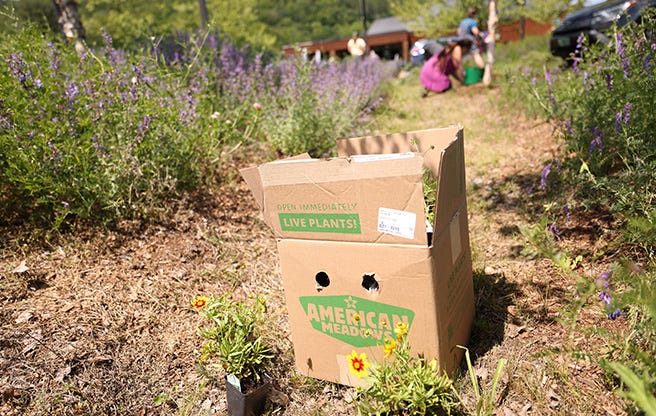Foxy Hybrids Foxglove Mix
SKU: AM014422
Shipping:
Shipping begins the week of May 6th, 2024
Overview
The Foxy Hybrids Foxglove Mix blooms in soothing pastel shades of pink, purple yellow, cream and white all with burgundy, spotted throats. This foxglove blooms the first season so plants are shorter and sturdier. Deer resistant and able to handle part-shade, foxglove make great edging plants along woodland areas where they may naturalize. Best known as a popular bouquet flower and for its ability to attract hummingbirds. (Digitalis purpurea)
key features
Botanical Name
Digitalis purpurea Foxy Hybrids Mix
Advantages
Bee Friendly, Attracts Hummingbirds, Attracts Birds, Deer Resistant, Rabbit Resistant, Cut Flowers
Growing Zones
Zone 3, Zone 4, Zone 5, Zone 6, Zone 7, Zone 8
Light Requirements
Full Sun, Half Sun / Half Shade
Soil Moisture
Average, Moist / Wet
Mature Height
24-36" tall
Mature Spread
12-18" wide
Bloom Time
Early to mid summer
SKU
AM014422






